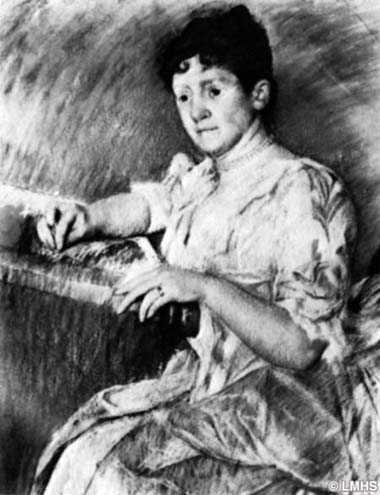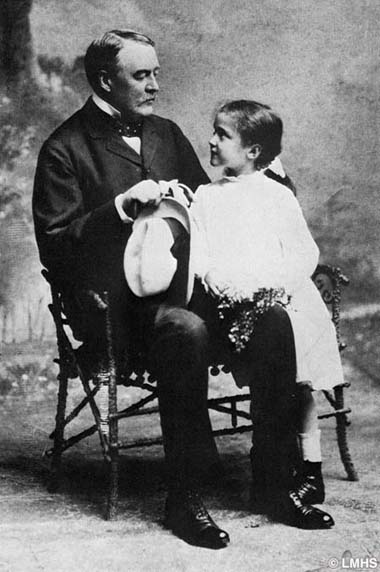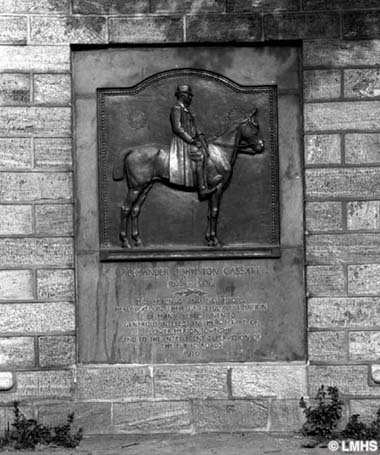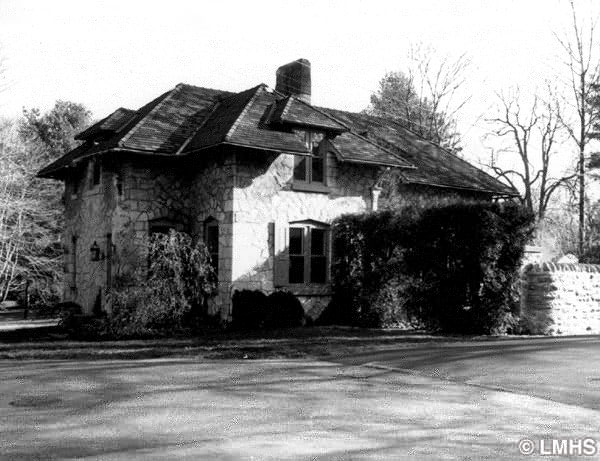Alexander J. Cassatt’s Cheswold
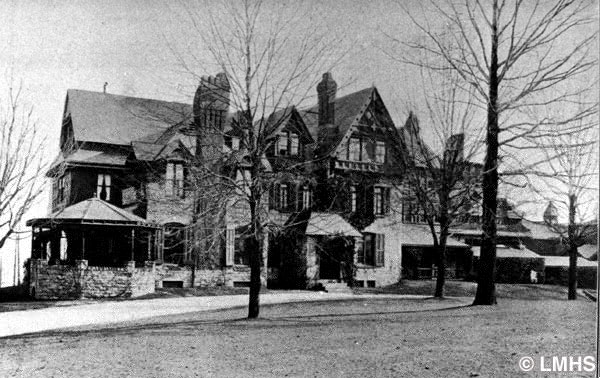
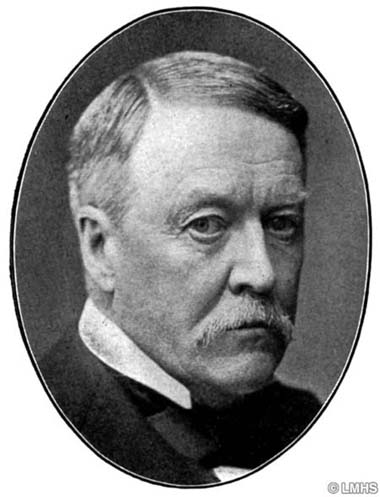
One of the best known Main Line figures is Alexander J. Cassatt, who became nationally known as president of the Pennsylvania Railroad. His house set the style for summer retreats for wealthy Philadelphians in these western suburbs.
Cassatt began Cheswold in 1872 on his 54-acre parcel of land off Montgomery Avenue. About $50,000 went into the construction of this Queen Anne style villa with the notable Philadelphia architects Furness & Evans incorporating a boldly paneled walnut hall, stained glass windows, and plentiful bedrooms and baths for the family.
There was great energy to the design and details, and wonderful textures to the materials used, appropriate to a railroad officer and art connoisseur. Cassatt’s frequent travels to Europe, especially to Paris to visit his sister Mary, already a well-known artist, expanded his collection of furniture and art on a continuing basis. Soon they overflowed his Rittenhouse Square residence and Cheswold.
Furness & Evans returned several times to do alterations and additions. Cassatt was also increasing his involvement in Lower Merion Township as he paid to have Montgomery Avenue paved, established a gas plant, and purchased a significant share of the Lancaster Turnpike.
By the 1880s, his passion for horse racing and fox hunting had grown and since the area around Cheswold had begun to develop (as he had hoped) he also purchased Chesterbrook Farm in Berwyn, about 600 acres. Cheswold’s sub-division began in the late 1930s with Walter Durham designing charming colonial style residences on a more modest but still elegant style.
